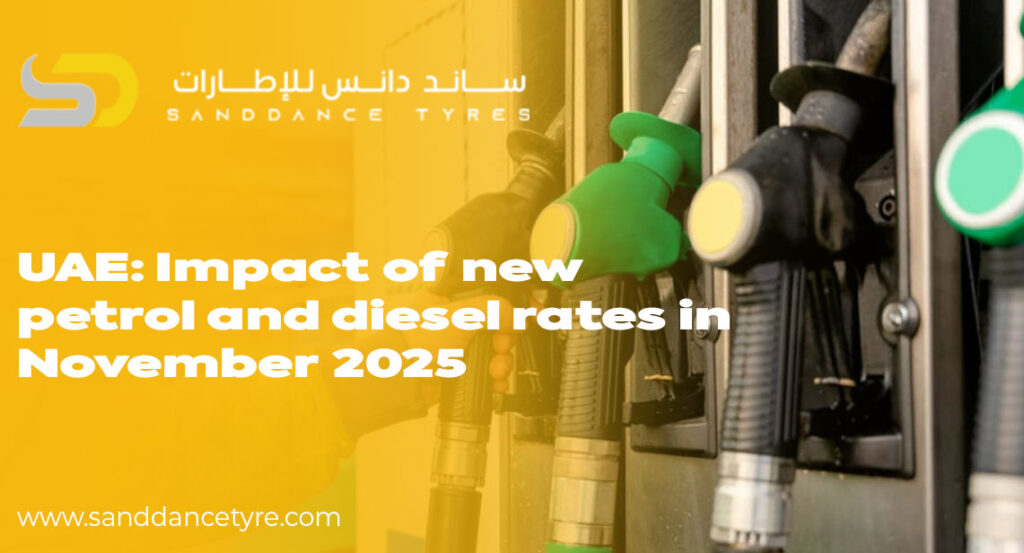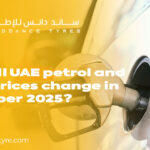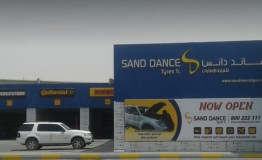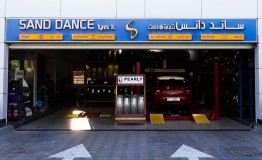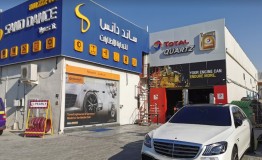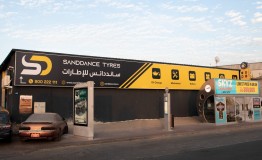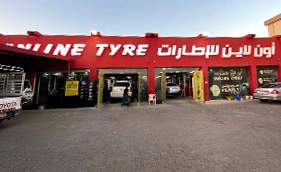UAE petrol and diesel prices announced for November 2025 are more than simple numbers — they influence household budgets, fleet operating costs, logistic margins, and even everyday decisions like how and when people drive. As the UAE continues its monthly market-linked pricing approach, the Fuel Price Committee’s November update gives motorists and businesses a clear basis for planning through the rest of the year.
The committee has released the official November 2025 rates, effective from November 1, 2025. These are the official figures published for the Emirates:
| Fuel Type | Price (AED/litre) | Market Note |
|---|---|---|
| Super 98 Petrol | AED 2.77 | Commonly used in high-performance vehicles |
| Special 95 Petrol | AED 2.66 | Most popular petrol type for regular vehicles |
| E-Plus 91 Petrol | AED 2.58 | Economical option for specific engine types |
| Diesel | AED 2.71 | Widely used in logistics and industrial operations |
These new levels, while moderate compared with recent volatility in global markets, will be factored into operating plans across sectors. For individual drivers, even small changes affect monthly commuting costs, while for logistics and delivery companies the cumulative effect across thousands of liters can be substantial — and yes, this is the time many service centers also promote timely oil chnage reminders to help vehicles run more efficiently under new price pressures.
Why the monthly update matters
Since the UAE moved to a market-linked pricing mechanism, fuel rates are recalibrated each month to reflect global benchmarks, refinery margins, currency movements, and distribution costs. This mechanism is intentionally transparent: it reduces unexpected government intervention and lets consumers and businesses adjust proactively. For fleet managers, transport operators, and ride-hailing services, the November figures are inputs to route planning, fuel hedging, and fare calculations.
Short-term effects on drivers and fleets
In the short term, drivers often respond by optimizing everyday behavior: consolidating trips, choosing more fuel-efficient routes, and ensuring vehicle health is up to date. For fleets, small per-litre changes compound: a 0.05 AED/litre change across thousands of liters alters monthly budgets noticeably. Furthermore, service providers and aftermarket businesses will see shifting demand — some customers may prioritize preventative maintenance like wheel alignment to recover fuel efficiency, while others may postpone non-urgent replacements.
Midway through the month, market watchers often compare the new numbers to last month fuel Prices in october 2025 to analyze trends; this helps stakeholders determine whether the movement is a temporary wobble or part of a longer trend.
Impact on logistics, freight and industries
Diesel’s role as the backbone of commercial transport means changes to diesel pricing are closely watched. At AED 2.71 per litre, diesel costs feed directly into freight rates, cold-chain logistics, construction budgets, and generator running costs for businesses. Carriers must decide whether to absorb marginal costs or pass them to clients, which can ripple into consumer prices for goods and services.
Because diesel demand often ties to industrial activity, any uptick in economic throughput — seasonal construction, higher import volumes, or increased industrial output — can quickly amplify price effects. Companies may therefore accelerate fuel efficiency programs or explore contract renegotiations with fuel suppliers.
What consumers should do now
Every motorist can take actions to reduce the impact of monthly price changes. Routine checks (tyre pressure, alignment, and timely servicing) can improve fuel economy; planning longer, consolidated trips and avoiding heavy acceleration helps as well. For city drivers, a small but steady improvement in driving habits can translate to real savings over time.
If you need vehicle services, remember to choose reputable local vendors; in many neighborhoods a trusted tyre repair shop will also advise on best practices to reduce rolling resistance and extend tyre life — both of which help lower fuel consumption.
Broader economic and environmental considerations
The transparent monthly adjustments aim to send correct price signals: consumers see the cost of energy, and policymakers can encourage gradual shifts to efficiency and low-carbon alternatives. Over time, stable market pricing supports investment in EV infrastructure and encourages the uptake of hybrid and electric vehicles. At the same time, businesses with high energy consumption are motivated to adopt better fuel management practices and invest in alternatives where viable.
Planning for December and beyond
While November’s official rates provide clarity for one month, companies should maintain a rolling planning window — scenario modeling that includes possible crude price shocks, supply disruptions, or exchange rate shifts. The Fuel Price Committee’s monthly cadence is helpful, but proactive risk management (fuel contracts, route optimization, and maintenance scheduling) is essential to avoid surprises.
Final thoughts
The UAE petrol and diesel prices for November 2025 reflect a market-based system that keeps end users closely tied to global energy movements. For drivers and businesses alike, the responsibility now is twofold: adapt to monthly changes and seize efficiency opportunities wherever possible. Regular maintenance, careful route planning, and reliable service partnerships build resilience.
For motorists and fleet operators seeking dependable vehicle upkeep, Tire Salun recommends scheduled checks and trustworthy workshops that focus on vehicle longevity and efficiency — especially services providing major and minor automotive repair services — because maintaining vehicle health is one of the most cost-effective responses to fluctuating fuel prices.


